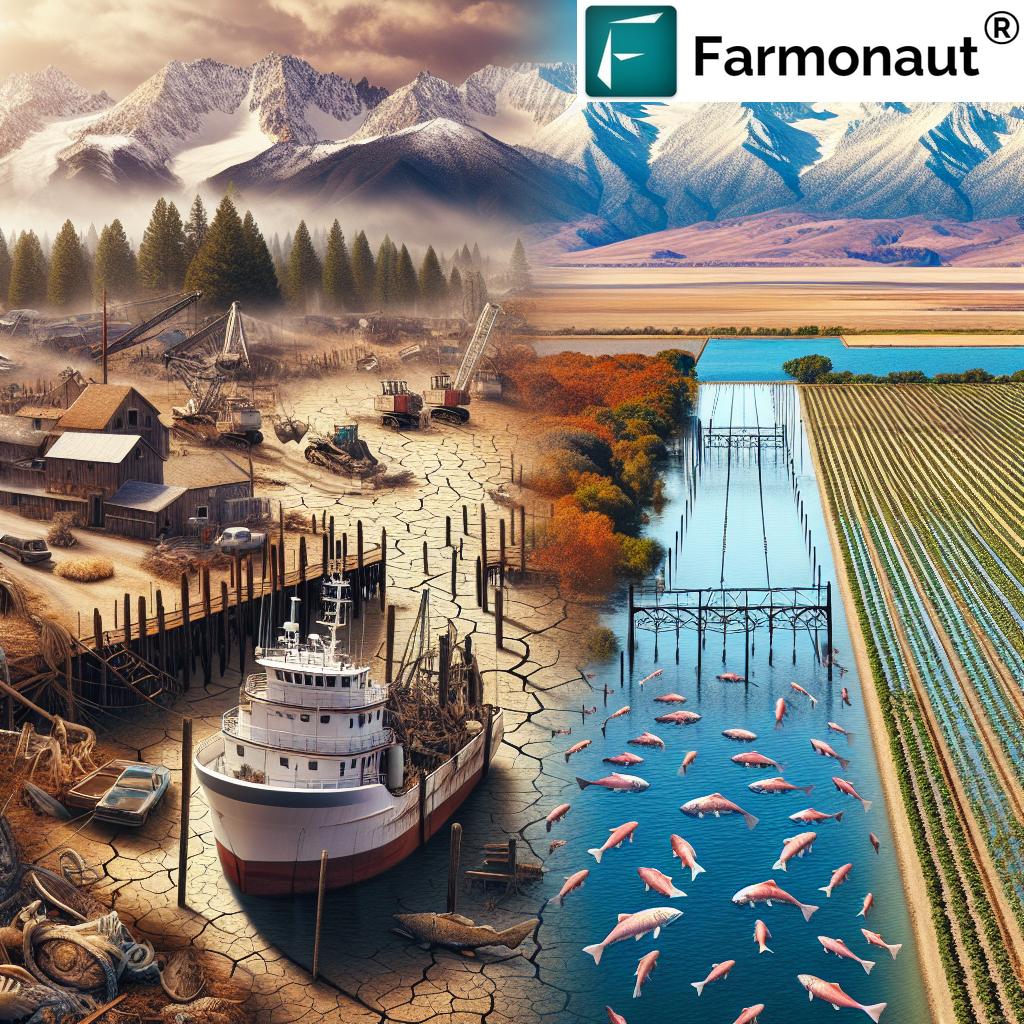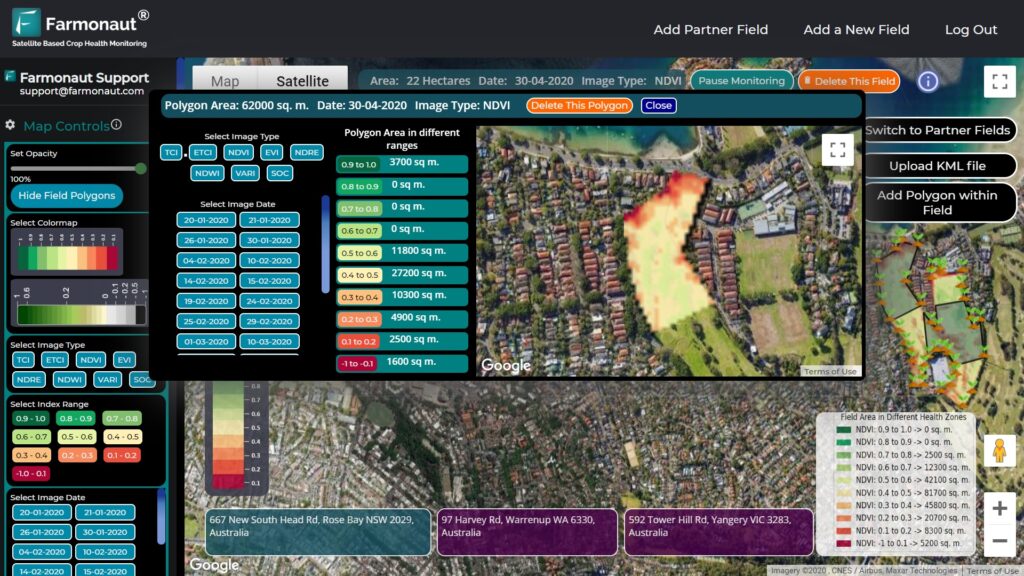California’s Water Crisis: Unraveling the Complexities of Delta Management and Wildfire Impacts
“California’s State Water Project manages over 700 miles of canals and pipelines, supplying water to 27 million people.”
As we delve into the intricate web of California’s water crisis, it’s crucial to understand the multifaceted nature of the challenges facing the Golden State. From the complex management of the Sacramento-San Joaquin River Delta to the devastating impacts of wildfires on water supply, California’s water issues are as diverse as they are pressing. In this comprehensive exploration, we’ll unravel the complexities of delta management, examine the far-reaching consequences of wildfires, and discuss the critical role of informed leadership in addressing these challenges.
The Sacramento-San Joaquin River Delta: A Vital Yet Troubled Ecosystem
At the heart of California’s water crisis lies the Sacramento-San Joaquin River Delta, a complex network of waterways that serves as the hub of the state’s water distribution system. This critical estuary, where freshwater from rivers meets saltwater from the San Francisco Bay, plays a pivotal role in supplying water to millions of Californians and supporting a diverse ecosystem.
However, the delta faces numerous challenges:
- Water Quality Issues: Saltwater intrusion and pollution threaten the delta’s delicate balance.
- Endangered Species: Native fish populations, including the delta smelt and Chinook salmon, are at risk due to water diversions and habitat loss.
- Infrastructure Concerns: Aging levees and pumping stations require significant upgrades to maintain reliability.
- Competing Demands: Urban centers, agriculture, and environmental needs vie for limited water resources.
The State Water Project, a massive infrastructure system that transports water from Northern California to the south, relies heavily on the delta. Balancing the needs of water users with environmental protection has become an increasingly complex task, requiring innovative solutions and collaborative efforts.
The Impact of Wildfires on California’s Water Supply
“Wildfires in California have burned over 4 million acres in a single year, exacerbating water supply issues.”
Recent years have seen unprecedented wildfire activity in California, with far-reaching consequences for the state’s water resources. The connection between wildfires and water supply is complex and multifaceted:
- Watershed Damage: Intense fires can alter soil properties, leading to increased runoff and erosion.
- Water Quality Issues: Ash and debris from burned areas can contaminate water sources, requiring additional treatment.
- Infrastructure Vulnerability: Wildfires can damage critical water infrastructure, including pipelines and treatment facilities.
- Reduced Snowpack: Climate change-driven wildfires contribute to earlier snowmelt, disrupting traditional water storage patterns.
The recent catastrophic wildfires in Pacific Palisades serve as a stark reminder of the interconnectedness between fire management and water resources. The lack of adequate water pressure during firefighting efforts highlighted the need for robust water infrastructure and preparation for extreme events.

The State Water Project: Backbone of California’s Water Distribution
The State Water Project (SWP) is a marvel of engineering that plays a crucial role in California’s water distribution system. This network of reservoirs, aqueducts, and pumping plants stretches from Northern California to Southern California, providing water for both urban and agricultural use. Key aspects of the SWP include:
- Lake Oroville: The largest reservoir in the SWP, storing water from the Feather River watershed.
- California Aqueduct: A 444-mile-long canal system that transports water from the delta to Southern California.
- Pumping Plants: Facilities that lift water over mountain ranges, enabling its journey south.
- Hydroelectric Power: The SWP generates clean energy as water flows through its system.
Despite its importance, the SWP faces numerous challenges, including aging infrastructure, climate change impacts, and the need to balance water deliveries with environmental protection. Addressing these issues requires significant investment and innovative management strategies.
The Central Valley Project: Federal Involvement in California’s Water Management
While the State Water Project is operated by California, the federal government plays a significant role in water management through the Central Valley Project (CVP). The CVP, managed by the U.S. Bureau of Reclamation, focuses primarily on providing water for agricultural irrigation in the fertile Central Valley. Key features of the CVP include:
- Shasta Dam: The centerpiece of the CVP, regulating flows on the Sacramento River.
- Friant Dam: Controlling water from the San Joaquin River for agricultural use.
- Delta-Mendota Canal: A 117-mile aqueduct delivering water to the western San Joaquin Valley.
- Fish and Wildlife Protection: Mandated efforts to mitigate the project’s environmental impacts.
The interplay between state and federal water projects adds another layer of complexity to California’s water management, often leading to conflicts over water allocation and environmental regulations.
Southern California’s Water Sources: A Diverse Portfolio
Southern California, including the urban center of Los Angeles, relies on a diverse array of water sources to meet its needs. Understanding these sources is crucial for grasping the full picture of California’s water crisis:
- Owens Valley: The Los Angeles Aqueduct brings water from the Eastern Sierra Nevada, a source of historical controversy.
- Colorado River: The Colorado River Aqueduct supplies water from this crucial interstate resource.
- State Water Project: As mentioned earlier, the SWP provides significant water deliveries to Southern California.
- Local Groundwater: Many communities rely on local aquifers, though overdraft is a concern.
- Recycled Water: Increasing efforts to reuse treated wastewater for non-potable purposes.
Diversifying water sources has been a key strategy for Southern California to increase resilience in the face of drought and climate change. However, each source comes with its own set of challenges and limitations.
The Role of Agriculture in California’s Water Crisis
Agriculture plays a pivotal role in California’s economy and its water crisis. The Central Valley, often referred to as the nation’s “salad bowl,” is a major agricultural region that requires significant water resources for irrigation. Key points to consider include:
- Water-Intensive Crops: Crops like almonds and alfalfa require large amounts of water.
- Irrigation Efficiency: Efforts to improve water use efficiency through technologies like drip irrigation.
- Groundwater Depletion: Overreliance on groundwater has led to land subsidence in some areas.
- Economic Impact: The agricultural sector’s importance to the state’s economy influences water policy decisions.
Balancing the needs of agriculture with urban and environmental water demands remains one of the most significant challenges in California’s water management.

Environmental Concerns: Balancing Human Needs with Ecosystem Health
California’s water crisis is not just about human consumption; it’s also deeply intertwined with environmental concerns. Key environmental issues include:
- Endangered Species Protection: Maintaining adequate flows for species like the delta smelt and Chinook salmon.
- Wetland Preservation: Protecting and restoring critical wetland habitats in the delta and elsewhere.
- Salinity Management: Preventing saltwater intrusion into freshwater ecosystems.
- Water Temperature: Ensuring appropriate water temperatures for aquatic species, especially in light of climate change.
Environmental regulations, such as the Endangered Species Act, play a significant role in shaping water management decisions. Balancing these ecological needs with human water demands remains a contentious and complex issue.
The Coastal Fishing Industry: A Stakeholder in Water Management
California’s coastal fishing industry is an often-overlooked stakeholder in the state’s water crisis. The health of fish populations, particularly salmon, is directly tied to water management decisions in the delta and rivers. Consider the following points:
- Economic Impact: The fishing industry contributes significantly to coastal economies.
- Salmon Population Decline: Reduced river flows and habitat degradation have led to declining salmon numbers.
- Fishing Season Cancellations: Low fish populations have resulted in the cancellation of fishing seasons, impacting livelihoods.
- Water Flow Requirements: Maintaining adequate river flows is crucial for fish migration and spawning.
The needs of the fishing industry often align with environmental concerns, adding another voice to the complex dialogue surrounding water allocation in California.
Climate Change: Exacerbating California’s Water Challenges
Climate change is a significant factor amplifying California’s water crisis. Its impacts are far-reaching and include:
- Changing Precipitation Patterns: More rain and less snow, altering traditional water storage methods.
- Increased Drought Frequency: More frequent and severe droughts stress water resources.
- Sea Level Rise: Threatening coastal aquifers and increasing saltwater intrusion in the delta.
- Higher Temperatures: Increasing evaporation rates and water demand for both agriculture and urban use.
Adapting to these climate-driven changes requires innovative approaches to water management, conservation, and infrastructure development.
The Role of Technology in Addressing California’s Water Crisis
As we grapple with the complexities of California’s water crisis, technology emerges as a crucial tool for developing innovative solutions. Companies like Farmonaut are at the forefront of this technological revolution in water management, particularly in the agricultural sector. Here’s how advanced technology is making a difference:
- Satellite-Based Crop Monitoring: Farmonaut’s satellite imagery technology allows farmers to monitor crop health and soil moisture levels in real-time, enabling more efficient water use in agriculture.
- AI-Driven Advisory Systems: Advanced AI systems provide personalized recommendations for irrigation and resource management, helping farmers optimize water usage.
- Precision Agriculture: Technologies that enable targeted application of water and other inputs, reducing waste and improving efficiency.
- Smart Water Metering: Advanced metering infrastructure helps utilities and consumers track and manage water usage more effectively.
- Weather Forecasting and Climate Modeling: Improved forecasting capabilities allow for better planning and management of water resources.
By leveraging these technological advancements, we can work towards more sustainable and efficient water use practices across all sectors.
Explore Farmonaut’s innovative solutions:
The Need for Informed Leadership in Water Crisis Management
As we’ve seen throughout this exploration of California’s water crisis, the challenges are complex and multifaceted. Addressing these issues requires informed, knowledgeable leadership at all levels of government. The contrast between leaders who actively seek to understand the intricacies of water management and those who rely on oversimplified or misinformed narratives is stark.
Key aspects of informed leadership in water crisis management include:
- Comprehensive Understanding: Leaders must grasp the interconnected nature of water issues, from environmental concerns to economic impacts.
- Collaborative Approach: Engaging with diverse stakeholders, including scientists, farmers, environmentalists, and urban planners.
- Long-term Vision: Developing strategies that address immediate needs while planning for future challenges, particularly in light of climate change.
- Adaptability: Being willing to adjust policies and approaches based on new information and changing conditions.
- Commitment to Education: Continuously learning about water issues and educating the public about the complexities of water management.
By fostering informed leadership, we can hope to develop more effective, sustainable solutions to California’s ongoing water crisis.
Conclusion: Navigating the Complexities of California’s Water Future
California’s water crisis is a multifaceted challenge that touches every aspect of life in the Golden State. From the intricate management of the Sacramento-San Joaquin River Delta to the devastating impacts of wildfires, from the needs of agriculture to the preservation of endangered species, the issues are as diverse as they are pressing.
As we look to the future, it’s clear that addressing these challenges will require a combination of:
- Innovative technology and data-driven solutions
- Informed and adaptive leadership
- Collaborative efforts across all sectors and stakeholders
- Sustainable practices in agriculture and urban water use
- Robust infrastructure investments
- Proactive measures to address climate change impacts
By understanding the complexities of California’s water crisis and working together to implement comprehensive solutions, we can hope to create a more sustainable and resilient water future for the state. It’s a challenge that will require the best of our innovation, cooperation, and commitment to stewardship of this precious resource.
FAQ Section
- Q: What is the Sacramento-San Joaquin River Delta, and why is it important?
A: The Sacramento-San Joaquin River Delta is a complex network of waterways where fresh water from rivers meets saltwater from the San Francisco Bay. It’s crucial for California’s water supply, serving as a hub for water distribution to millions of people and vast agricultural areas. - Q: How do wildfires impact California’s water supply?
A: Wildfires can damage watersheds, leading to increased runoff and erosion. They also contaminate water sources with ash and debris, damage water infrastructure, and contribute to earlier snowmelt, disrupting traditional water storage patterns. - Q: What is the State Water Project?
A: The State Water Project is a massive infrastructure system that transports water from Northern California to the south. It includes reservoirs, aqueducts, and pumping plants, playing a vital role in California’s water distribution. - Q: How does agriculture contribute to California’s water crisis?
A: Agriculture, particularly in the Central Valley, requires significant water resources for irrigation. Water-intensive crops, combined with the sector’s economic importance, create challenges in balancing agricultural needs with urban and environmental water demands. - Q: What role does climate change play in California’s water challenges?
A: Climate change exacerbates California’s water crisis by altering precipitation patterns, increasing drought frequency, raising sea levels, and elevating temperatures. These factors stress water resources and require adaptive management strategies.
California Water Crisis: Key Factors and Impacts
| Factor | Description | Impact on Urban Areas | Impact on Agriculture | Environmental Consequences |
|---|---|---|---|---|
| Delta Water Management | Complex management of freshwater and saltwater in the Sacramento-San Joaquin River Delta | Moderate | Severe | Severe |
| Wildfires | Increased frequency and intensity of wildfires affecting watersheds | Severe | Moderate | Severe |
| State Water Project | Major infrastructure system transporting water from north to south | Severe | Severe | Moderate |
| Endangered Species Protection | Legal requirements to maintain adequate water flows for protected species | Moderate | Severe | Minimal |
| Climate Change | Changing precipitation patterns, increased temperatures, and sea-level rise | Severe | Severe | Severe |
Earn With Farmonaut: Earn 20% recurring commission with Farmonaut’s affiliate program by sharing your promo code and helping farmers save 10%. Onboard 10 Elite farmers monthly to earn a minimum of $148,000 annually—start now and grow your income!
For more information, visit Farmonaut’s Affiliate Program.
Watch this video to learn more about earning opportunities with Farmonaut:
Farmonaut Subscriptions
For developers interested in integrating Farmonaut’s satellite and weather data into their own systems, check out our API and API Developer Docs.












